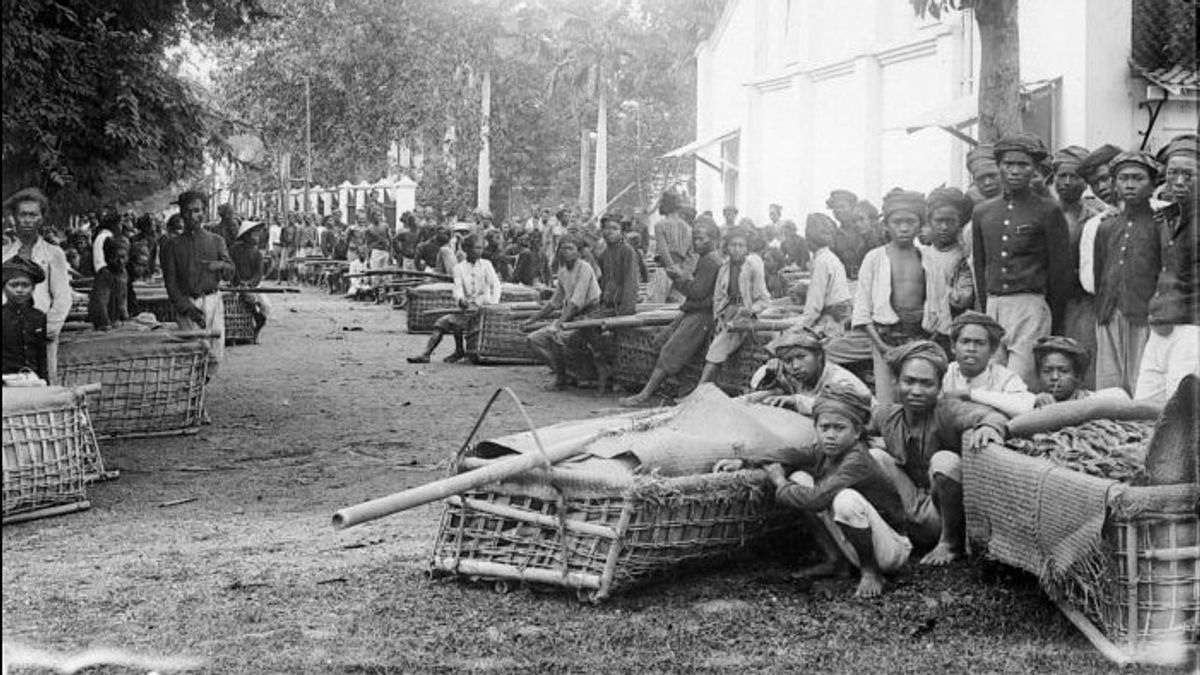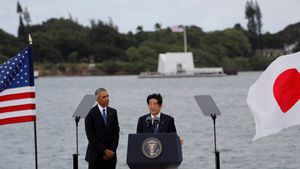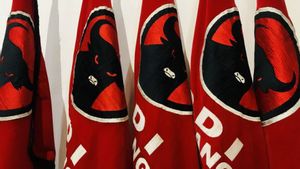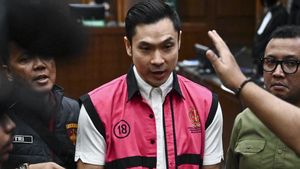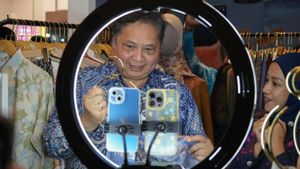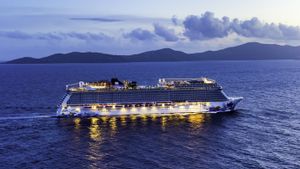JAKARTA - Forced cultivation was the most decisive period in Dutch colonialism in the archipelago. The benefits are abundant. Thanks to forced cultivation, the Dutch were able to pay their debts. Bumiputra farmers actually felt different things. In Ngawi, for example.
Apart from impoverishing, local farmers are so miserable because of the forced cultivation system. In that context, forced cultivation is considered cruel and corrupt by farmers. Moreover, this system also fattens the cash of bumiputra officials in the regent class.
The system of forced cultivation or cultuurstelsel was the fiscal strategy of Governor General Johannes van den Bosch (1830-1833) in 1930. Van Den Bosch saw the archipelago as very profitable in terms of plantation commodities if managed massively.
As a result, the Dutch government imposed a forced cultivation system to exploit the natural resources of the Dutch East Indies (Indonesia). Everything is done in the interests of the Kingdom of the Netherlands.
About forced cultivationThe forced cultivation approach of that era was also aimed at reducing expenditures in the colonies while at the same time paying off debts due to the large expenditures of the Java War (1825-1830). To outsmart that, the native farmers are exempt from land tax.
In return, farmers had to plant Dutch-owned export crops on one-fifth of the land area. Or as an alternative the farmers could work 66 days each year on the plantations owned by the colonial government. Initially, only sugarcane was grown. From sugar cane, it extends to others.
"The development of sugar cane in almost all of Java and the introduction of sugar cane mills and the establishment of sugar factories in Cirebon in 1830, followed in several other areas," wrote in a book compiled by WALHI Indonesia, Java Collapse: From Forced Labor to Lapindo Mud (2010).

"In subsequent developments, the obligatory crops were not only sugarcane, but also valuable commodities in the European market (1850), such as coffee, cloves, cinnamon, forestry, gunny sacks, tilapia, livestock, nopal, cochineal, pepper, rice, silk, sugar. , tea and tobacco. These commodities are needed and used as the development of sugarcane at the beginning of forced cultivation. "
The system of forced cultivation lasted from 1830 to 1870. The impact is big for the Indonesian people, especially the common farmers. They are the most miserable group. Even more miserable than the native people of the Dutch trading partnership era, the VOC was in power.
“(Satire) Sundanese people used to say: People are born, marry, and die in tom's field. Most of the Indonesian people did not have the opportunity to manage their own fields due to irregularities in implementing the Cultuurstelsel regulations, and the misery was getting bigger because of the system: giving gifts (Cultuurprocenten). Among the people who could not stand it, fled from their hometown and disturbed security, "wrote G. Moedjanto in the book Indonesia 20th Century (1988).
The suffering of the Ngawi farmers
Farmers in Java (Source: geheugen.delpher.nl)
In the archipelago map, Ngawi is one of the areas where farmers are the most miserable because of the forced cultivation system. Moreover, the colonial government in Ngawi directly involved the commander of the praja - bumiputra officials - in the same class as the regent in perpetuating forced cultivation.
The way it works, the Dutch government presses the pangreh praja. Furthermore, the pangreh praja milk the farmers. Fortunately for the Netherlands, the regents also got sprayed with fat 'accounts'. Meanwhile, farmers in Ngawi remain in the most miserable position.
The regents, by the Dutch, were given hereditary power, land area, a set of servants, army equipment, and special protection. In response, they had to introduce and raise support for cultivation - the system of forced cultivation - in Ngawi, by mobilizing the people.
For the bumiputra rulers in Ngawi it was quite easy. This was because the rural system in Ngawi had been formed at the will of the colonial party. The rural system consists of system units from several farmer groups, in which they form a small area. Until finally forming what is called the village.
"The more interesting thing about agriculture and rural areas in the Madiun Residency, in which there is Ngawi, is that the system of land ownership institutions in effect at that time was created by the gaping gap between the availability of land and the lack of labor," wrote Budi Sulistyono Kanang in a book. Meniti Ngawi Self (2020).

"Therefore, it is not surprising that there were many land rulers at that time. The calculation of power was also carried out based on the peasant family which was historically closer to the regional rulers than the rulers of newcomers, such as the Dutch East Indies."
When the Dutch East Indies finally "grabbed" Ngawi, the forced cultivation pattern was also dragged into the regional upheaval. As a result, demographic leaps are inevitable.
In such a situation the Javanese people, including Ngawi, experienced population increases interspersed with the tragedy of forced cultivation. Along with this, poverty and misery surrounded the peasants in Ngawi. This situation is inversely proportional to the fate of the indigenous rulers who actually enjoyed their wealth on the suffering of their people.
Bumiputra officials spreeOne of the factors in the power of the Bumiputra-Regent-Ngawi officials in the forced cultivation system is their income, including the rights to the population. The district head's income consists of three parts. First, income from land, covering the right to community service to services from the population. Second, monthly money from the Netherlands. Third, the percentage of the forced cultivation system.
Historian Ong Hok Ham said the income originated from the Dutch, which began to take over the East Mancanegara area after the end of the Java War in 1830. The regents in the Madiun Residency, including Ngawi, were allowed by the Dutch on land without paying in the form of rent and money.
The goal is that they want to occupy land that is partially unprocessed. The Regent then gets a lot of coffers of income from tribute in the form of rice or other produce for daily needs. Added to this is the income from the right to community service and other services in the territory under his control.
This was done by the Dutch as a form of political action to maintain the splendor and prestige of the Ngawi regent. Mainly, economically to ensure the success of the Cultivation system.
In addition, the regent's relatives will also be satisfied by land ownership and security guarantees, instead of living in a world full of intrigue. They then go wild, cut many women, and live extravagantly like the King of Java.
"On the other hand, the Regents of Madiun, especially strong regents such as Madiun, Ngawi, Magetan, Ponorogo, and Pacitan, maintain a magnificent lifestyle like the rich regents on the north coast," concluded Ong Hok Ham in his dissertation. recorded, Madiun in Historical Conflict (2018).
"In their tight financial conditions, they will not pay services for tilling the fields, livestock, or labor that caters to their lifestyle, because they have to host parties and entertain European guests and the public. On average, a large district. requires more than 2,000 piculs of rice per year, grass for horses, firewood, and so on. "
* Read other information about Dutch colonialism or read other interesting articles by Detha Arya Tifada.
MEMORY OtherThe English, Chinese, Japanese, Arabic, and French versions are automatically generated by the AI. So there may still be inaccuracies in translating, please always see Indonesian as our main language. (system supported by DigitalSiber.id)
